DOWNLOAD NOW
Here we discuss some of the common mycotoxins that are produced by these molds.

Fusarium
Fusarium species of molds produce some of the most common and problematic mycotoxins for the agricultural industry, such as deoxynivalenol (DON), T2/HT2 toxins, zearalenone, and fumonisins.
Fusarium molds can be found worldwide but grow best when temperatures are lower to moderate in combination with high rainfall or humidity. Fusarium mycotoxins can be detected in many different types of commodities, from grains to forages.
Aspergillus
Aspergillus is a prevalent mold group found throughout the world.
Molds and mycotoxins in this group can be found on many different crops such as grains, forages, plant proteins, cotton and peanuts.
The mycotoxins produced by Aspergillus species of molds have the potential to be transferred into animal products such as milk, eggs and meat. Most Aspergillus mycotoxins are considered carcinogenic.
Penicillium
Penicillium molds can thrive in a wide range of environmental conditions and mycotoxins produced by these species can be detected worldwide in grains, forages, plant proteins, fruits and vegetables.
Most frequently these molds and mycotoxins are observed to increase during storage of commodities, but because they do not always require specific environmental conditions, they can also be produced while the crop is growing in the field.
Claviceps
Claviceps fungi can be detected in flowering grasses or small grain cereals.
As the fungus grows, it produces a structure called a sclerotia which contains fungal spores as well as ergot alkaloid toxins.
Grasses, such as tall fescue, can also contain ergot alkaloids but these are produced by a fungal endophyte, Neotyphodium coenophialum.
Alternaria
The Alternaria species of fungi are ubiquitous in the environment. Some species are not problematic, however other species can produce harmful mycotoxins.
To date, many of currently detected species of Alternaria molds and mycotoxins have been found on food crops such as potatoes, tomatoes, carrots and citrus.
However, more recently it is understood that these mycotoxins are detected in grains and forages and could play a role in animal health and performance.
Fusarium
Fusarium
Fusarium species of molds produce some of the most common and problematic mycotoxins for the agricultural industry, such as deoxynivalenol (DON), T2/HT2 toxins, zearalenone, and fumonisins.
Fusarium molds can be found worldwide but grow best when temperatures are lower to moderate in combination with high rainfall or humidity. Fusarium mycotoxins can be detected in many different types of commodities, from grains to forages.
Aspergillus
Aspergillus
Aspergillus is a prevalent mold group found throughout the world.
Molds and mycotoxins in this group can be found on many different crops such as grains, forages, plant proteins, cotton and peanuts.
The mycotoxins produced by Aspergillus species of molds have the potential to be transferred into animal products such as milk, eggs and meat. Most Aspergillus mycotoxins are considered carcinogenic.
Penicillium
Penicillium
Penicillium molds can thrive in a wide range of environmental conditions and mycotoxins produced by these species can be detected worldwide in grains, forages, plant proteins, fruits and vegetables.
Most frequently these molds and mycotoxins are observed to increase during storage of commodities, but because they do not always require specific environmental conditions, they can also be produced during field production of a crop.
Claviceps
Claviceps
Claviceps fungi can be detected in flowering grasses or small grain cereals.
As the fungus grows, it produces a structure called a sclerotia which contains fungal spores as well as ergot alkaloid toxins.
Grasses, such as tall fescue, can also contain ergot alkaloids but these are produced by a fungal endophyte, Neotyphodium coenophialum.
Alternaria
Alternaria
The Alternaria species of fungi are ubiquitous in the environment.
Some species are not problematic, however other species can produce harmful mycotoxins. Many of currently detected species of Alternaria molds and mycotoxins have been detected on food crops such as potatoes, tomatoes, carrots and citrus.
However, more recently it is understood that these mycotoxins are detected in grains and forages and could play a role in animal health and performance.
Going Back 2 Basics:
Discussing mycotoxin families
There are well over 400 mycotoxin compounds that have been identified. Most of these that are of importance for the agricultural industry are produced by the fungal genera of Fusarium, Penicillium, Aspergillus, Claviceps and Alternaria.
Author: Alexandra Weaver, Alltech Mycotoxin Management